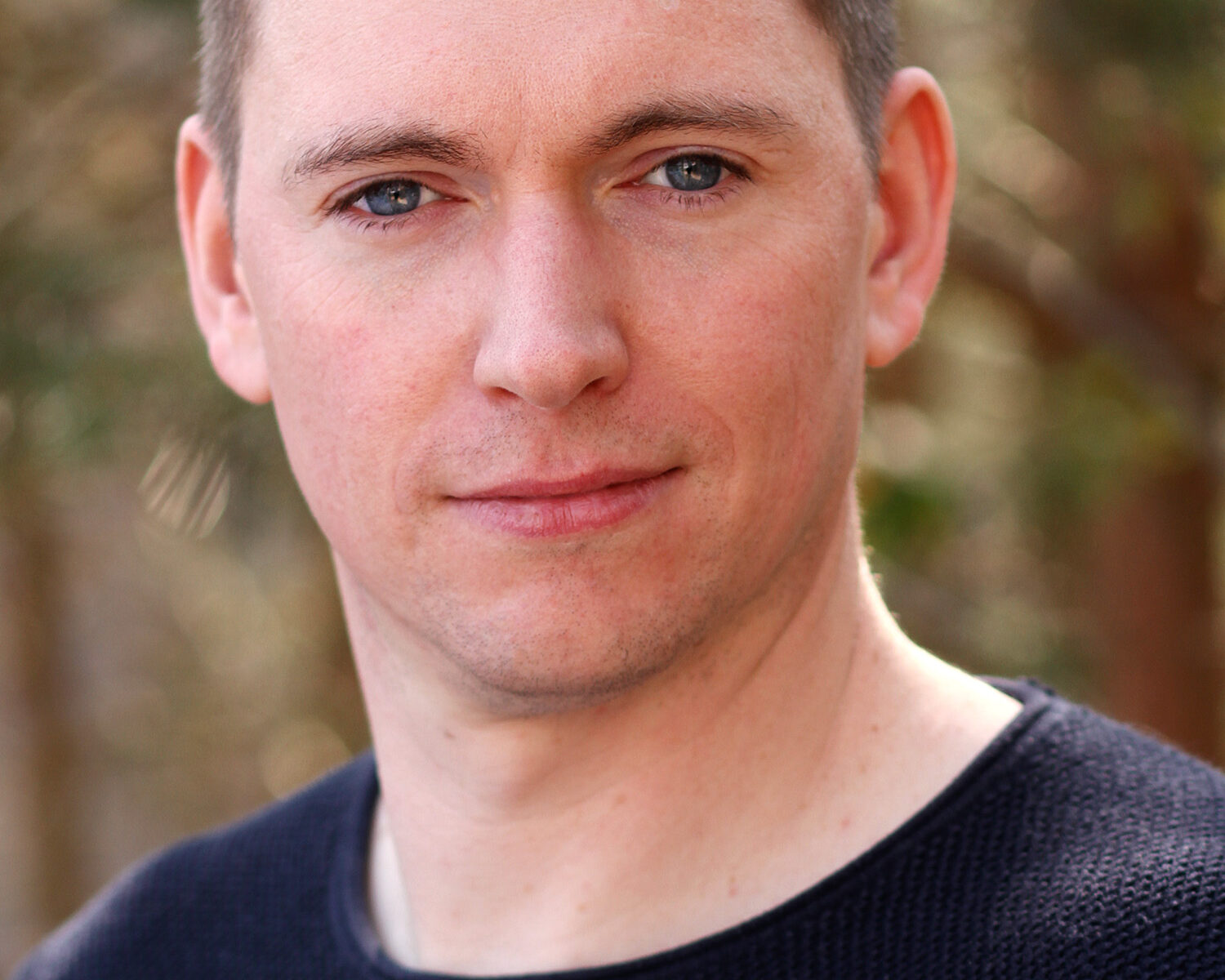
Tobias began his journey with a strong academic foundation in electronic design automation, studying at a leading university in Germany that specialized in formal verification. After graduating, Tobias gained hands-on experience in the semiconductor industry, where he quickly recognized the challenges and inefficiencies in the traditional formal verification process.
Driven by a passion for innovation, Tobias co-founded LUBIS EDA with a clear vision: to automate and simplify formal verification, making it more accessible to companies of all sizes. Under his leadership, LUBIS EDA integrated a dedicated team of software developers focused on automating verification processes. He also pioneered the adoption of AI techniques to enhance debugging and setup.
Acknowledging the shortage of skilled formal verification engineers, Tobias launched the Formal Bootcamp, a training program designed to bridge the talent gap and prepare the next generation of experts.
Today, as CEO, Tobias leads LUBIS EDA in helping semiconductor companies around the world overcome the most challenging aspects of formal verification, driving both innovation and industry standards.
Tell us about your company?
At LUBIS EDA, we specialize in uncovering simulation-resistant and corner-case bugs in high-risk silicon designs by automating the formal verification process. We go beyond the traditional, labor-intensive methods, integrating cutting-edge tools and AI techniques to make formal verification more accessible and effective.
Our team is based in Germany, close to one of the few universities in the country that teach formal verification, ensuring we stay at the forefront of industry knowledge. We don’t just provide solutions; we also empower our customers through consulting-based formal sign-off and our specialized Formal Bootcamp training program.
Whether it’s working on complex IPs like caches, routers, and controllers, or addressing the talent gap in formal verification, we’re committed to helping our customers succeed. Our goal is to simplify the verification process, allowing our customers to focus on innovation, not bugs.
What problems are you solving?
First, finding bugs at the Sub-IP level is notoriously difficult. Simulation often falls short in achieving comprehensive coverage, especially for detecting deadlocks and livelocks. Our automated formal verification tools simplify this process, making it more accessible and effective.
Second, there’s a significant shortage of skilled professionals capable of executing complex formal verification tasks. Traditionally seen as a “PhD-level technique,” formal verification requires years of practice to master. At LUBIS EDA, we are dedicated to formal verification, and over the past year, we’ve built one of the largest talent pools for formal verification worldwide.
What application areas are your strongest?
We excel in various types of IPs, but where we truly shine is helping our customers maximize the potential of formal verification. We’ve added the most value in working on caches, routers, controllers, and all sorts of pipelines.
What keeps your customers up at night?
Imagine you’re a lead engineer at a small semiconductor company, and you’re nearing the final stages of a critical chip design. The pressure is mounting—deadlines are looming, and you can’t afford any last-minute surprises. What keeps you up at night? It’s the fear that somewhere, buried deep in the complexity of your design, there’s a lurking bug—one that could derail months of hard work.
What does the competitive landscape look like and how do you differentiate?
In the realm of formal verification, much of the work remains manual and time-consuming, with a few other consulting firms offering similar services. However, we’ve taken a different approach. Rather than simply adding more people to tackle the problem, we’ve integrated a dedicated team of software developers into our company from the start. Their mission is to automate every aspect of the formal verification process. Recently, we’ve also begun incorporating AI techniques to streamline debugging and setup, further setting us apart from the competition.
What new features/technology are you working on?
We are currently focused on two main development areas:
Browser-Based Automated Verification Solution:
We’re working on a web-based tool that simplifies formal verification to the point where users require no training or prior knowledge. Our initial release will feature a RISC-V formal verification app, where users simply click a “run” button. The tool handles everything, including licensing and resource management. If a bug is detected, the user receives a comprehensive, AI-generated description of the issue directly from the waveform. This app is just the beginning—we plan to expand its capabilities to include protocol and cache checks in the coming months.
C++ Based FV AppGenerator:
We have developed a tool that generates SVA assertions from a SystemC/C++ model. This tool, which has been years in the making and proven invaluable in our consulting projects, allows users to run assertions in simulation or formal verification without any prior expertise.
How do customers normally engage with your company?
The easiest way to connect with us is via LinkedIn or email, and we’re committed to responding promptly. We also schedule regular sync-ups with all our customers to address questions and provide ongoing support throughout their formal verification journey.
Also Read:
Automating Formal Verification
Share this post via:






Comments
There are no comments yet.
You must register or log in to view/post comments.